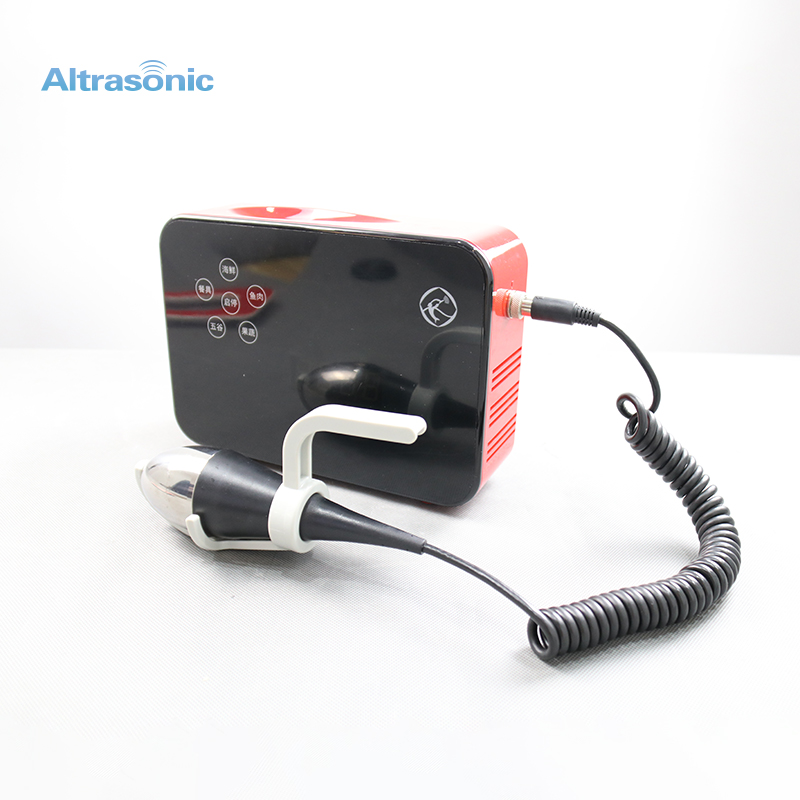
The working principle of ultrasonic cleaning
Basic knowledge of ultrasonic cleaning
One way to describe how ultrasonic cleaners work is to compare them to automatic dishwashers, but with some additional improvements. Automatic dishwashers are very similar to ultrasonic cleaners in that they combine water and detergent to remove grease, dirt and other contaminants from the objects being cleaned.
However, ultrasonic cleaners are not used to clean pots and pans, but are most commonly used to clean other metal and plastic products that are difficult or impossible to clean by other methods. Applications of ultrasonic cleaners include cleaning greasy engine parts, newly processed and manufactured parts, medical and surgical instruments, precision optics, and laboratory glassware.
Ultrasonic cleaning device size and characteristics
Understanding the working principle of ultrasonic cleaning requires understanding the size and characteristics of the equipment. The basic characteristics to consider include the following:
1. A canister containing cleaning fluid. Water tanks should be made of stainless steel; their size (volume) depends on the size of the object being cleaned. Ultrasonic cleaning equipment ranges from small desktop units to large multi-gallon industrial cleaning machines.
2. An ultrasonic transducer that creates cavitation and is glued to the bottom of the tank.
3. The generator that supplies power to the transducer
4. The control ranges from simple switches to complex microprocessors that control cleaning time, scan, pulse, degassing, temperature, ultrasonic frequency, ultrasonic power, automatic safety shutdown, etc.

What is the function of an ultrasonic transducer?
There are two basic types of transducers; piezoelectric (aka electrostriction) or magnetostriction, but their functions are the same.
They are excited by the electric current provided by the generator of the ultrasonic cleaner, vibrate at the ultrasonic frequency, cause the bottom (or the side) of the water tank to vibrate and act as a membrane.
This vibration forms a vacuum bubble, which implodes (rather than explodes) when it comes in contact with the contents of the ultrasonic cleaner tank, thereby dispersing and carrying away contaminants.
How to choose ultrasonic cleaning frequency
Ultrasound is generally defined as sound beyond the range of human hearing. Ultrasonic frequency is defined as kilohertz (KHz) or thousands of cycles per second.
Low frequencies (e.g. 25,000 cycles per second or 25 kHz) produce relatively large bubbles, which can be compared to bubbles produced at higher frequencies (e.g. 37, 80, or 130 kHz) that produce a gradual, gentle cleaning effect. Implodes more violently.
For example, the radius of cavitation bubbles generated at 37 kHz is approximately 88 microns. It is 41 microns at 80 kHz.
However, this process is very fast, there is almost no heat build-up, and it will not damage the parts being cleaned. In other words, never reach into a running ultrasonic cleaner to inspect, reposition or remove parts for inspection.
The removal of large amounts of contaminants from sturdy parts (such as manufactured or cast metal) requires lower frequency cleaners.
Softer metals, plastics, and products with polished surfaces should be cleaned more frequently. In addition to protecting the polished surface, smaller bubbles can better penetrate narrow areas such as seams, cracks and blind holes.
Categories
latest blog
© Copyright: 2025 Hangzhou Altrasonic Technology Co.,Ltd All Rights Reserved

IPv6 network supported
Scan to WhatsApp
